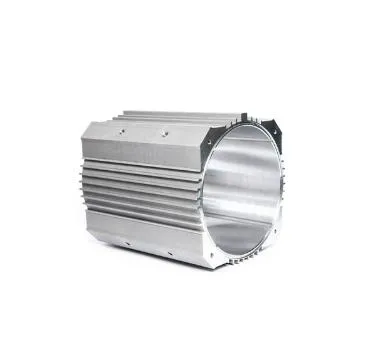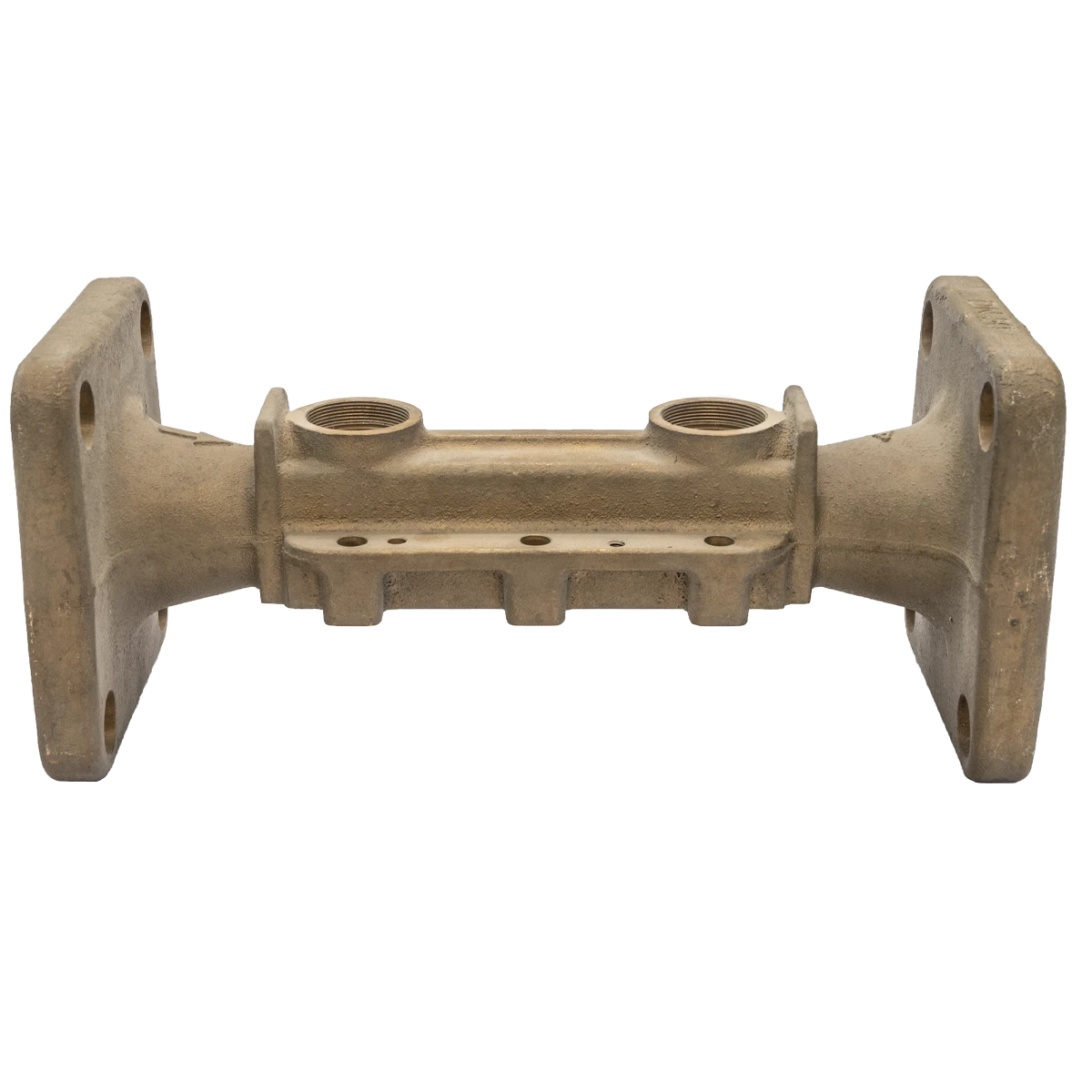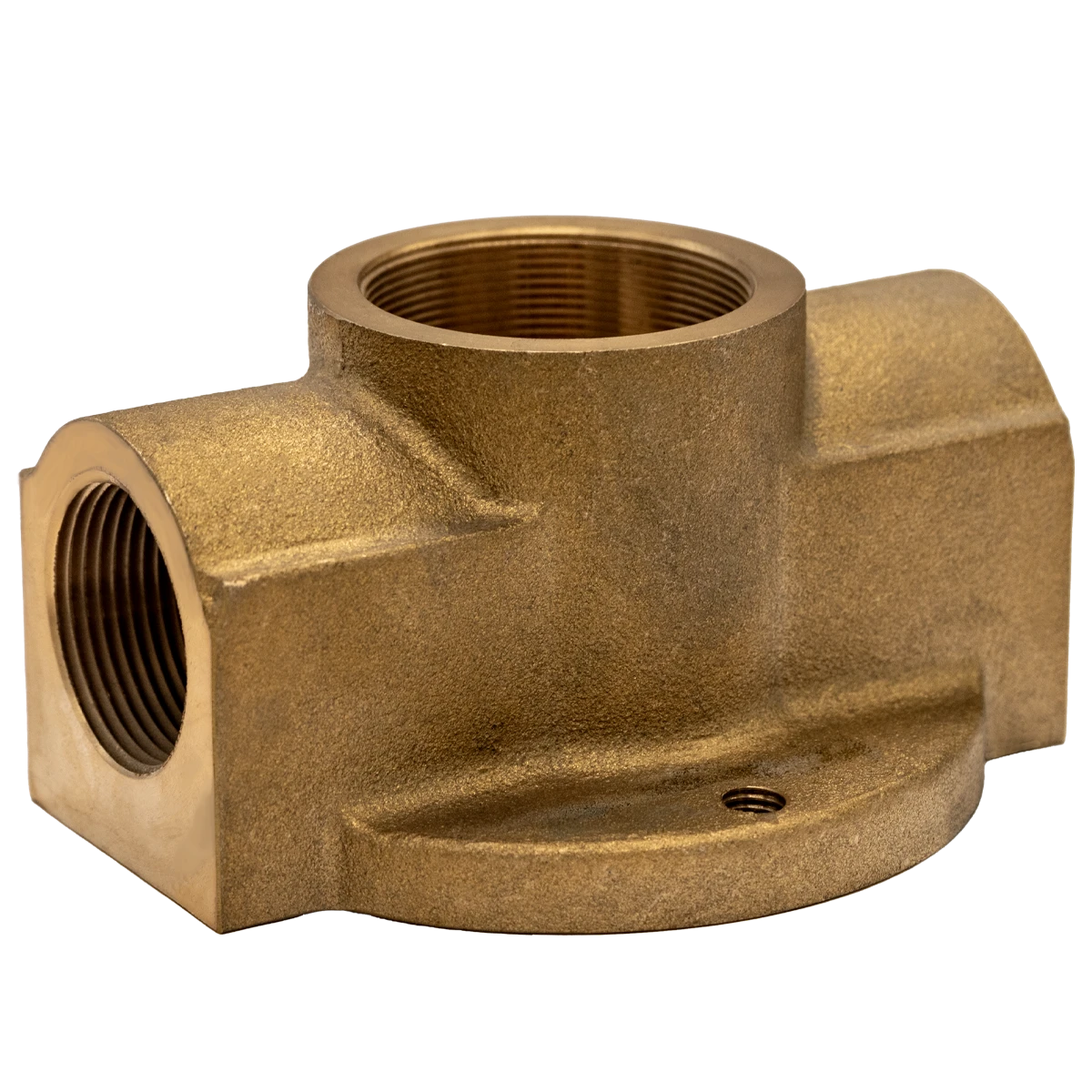Mobile:+86-311-808-126-83
E-mail:info@ydcastings.com
Why Is Choosing the Right Motor Housing Critical for Engine Performance?
When it comes to automotive engineering, the importance of selecting an optimal motor housing cannot be overstated. This essential component plays a pivotal role in protecting the engine’s internal parts and ensuring efficient operation under varying conditions. Its design and material quality significantly impact heat dissipation, durability, and overall engine longevity. Understanding the nuances of motor housing construction allows manufacturers and mechanics to optimize vehicle performance and reliability. Beyond just a protective casing, the motor housing contributes to the smooth functioning of the engine by maintaining structural integrity and minimizing vibrations during operation.

How Does an Engine Oil Pan Influence Vehicle Durability?
A well-designed engine oil pan serves as more than just a reservoir for lubricating oil; it is crucial in managing oil flow and temperature within the engine system. Its structure must withstand harsh conditions, including high temperatures and road impacts, to ensure uninterrupted lubrication. The material and construction of the engine oil pan affect its resistance to corrosion and physical damage, which in turn protects the engine’s moving parts from wear and tear. Additionally, an efficiently engineered oil pan aids in the cooling of engine oil, helping maintain optimal viscosity and performance even during prolonged driving.
What Makes an Automobile Oil Pan a Key Factor in Engine Efficiency?
The efficiency of an engine greatly depends on how well its oiling system performs, with the automobile oil pan playing an integral role. By securely holding the oil and facilitating its circulation through the engine, it ensures that every component receives the necessary lubrication. The design of the automobile oil pan can include features such as integrated baffles or sump shapes that reduce oil sloshing during rapid acceleration or cornering, maintaining a consistent oil supply. Choosing an oil pan with precise engineering and durable materials supports extended engine life and smoother performance, especially in high-demand driving situations.
Why Is the Design of an Engine Sump Vital for Optimal Engine Operation?
IL engine sump is more than just a collection point for engine oil—it directly affects the vehicle’s lubrication efficiency and protection against oil starvation. A carefully crafted engine sump ensures that oil is available at all times, regardless of vehicle movement or inclination. Its design typically incorporates structural reinforcements to prevent damage from road debris and harsh conditions, which is essential for maintaining oil integrity. The sump's capacity and shape can influence how quickly oil returns to the pump, impacting the overall cooling and lubrication system. Innovations in sump design have led to improvements in oil circulation and engine protection under extreme driving conditions.
In What Ways Does a Baffled Oil Pan Improve Engine Performance?
In high-performance or heavy-duty vehicles, a baffled oil pan is indispensable for maintaining stable oil flow and pressure. The internal baffles prevent the oil from shifting excessively during rapid acceleration, deceleration, or sharp turns, which can otherwise cause temporary oil starvation and engine damage. This design not only ensures constant lubrication but also reduces the likelihood of aeration, where air bubbles mix with the oil, impairing its effectiveness. The use of a baffled oil pan is a strategic enhancement in modern engine systems, providing peace of mind and reliability for both daily driving and competitive racing environments.
How Does the Material Choice of a Alloggiamento del motore Affect Heat Management?
The materials used in manufacturing a motor housing greatly influence its ability to dissipate heat generated during engine operation. Metals like aluminum alloys are often preferred for their lightweight and excellent thermal conductivity. This efficient heat management helps maintain optimal engine temperatures, preventing overheating and enhancing overall efficiency. Furthermore, the durability of these materials ensures the housing withstands prolonged exposure to vibration and mechanical stress without compromising protection.
What Are the Key Benefits of Using a Baffled Oil Pan in Performance Vehicles?
A baffled oil pan provides significant advantages in maintaining oil pressure and preventing oil starvation in performance scenarios. The internal baffles stabilize the oil within the pan, especially when the vehicle undergoes sudden movements or high-speed cornering. This consistent oil supply ensures the engine receives continuous lubrication, reducing wear and preventing potential engine failure. Additionally, baffled pans help reduce oil aeration, promoting cleaner and more effective lubrication.
Motor Housing FAQs
Q: What role does a motor housing play in engine longevity?
A: It protects engine components, manages heat dissipation, and minimizes vibrations, all crucial for prolonged engine life.
Q: How important is the quality of an engine oil pan for vehicle maintenance?
A: Very important, as it holds and helps cool the engine oil while protecting it from damage, directly affecting engine health.
Q: Can an automobile oil pan improve fuel efficiency?
A: Indirectly yes, by ensuring proper lubrication and reducing engine friction, which can enhance overall efficiency.
Q: Why should high-performance cars use a baffled oil pan?
A: Because it prevents oil starvation during rapid maneuvers, ensuring consistent engine lubrication under stress.
Q: Are there material differences between standard and performance engine sumps?
A: Yes, performance sumps often use lightweight, heat-conductive materials with reinforced structures to handle tougher conditions.
-
Materials Used in Manufacturing Cap End Pipe FittingsNotiziaNov.24,2025
-
Material Properties of CF8M CastingNotiziaNov.24,2025
-
How to Inspect Pump Cap Ends for DamageNotiziaNov.21,2025
-
Backward Curved Impeller – Efficient Airflow Solutions for Industry | YD CastingsNotiziaNov.21,2025
-
Automobile Water Pump - Efficient, Quiet, Durable & ElectricNotiziaNov.21,2025
-
Impeller for Pumps – High-Efficiency, Durable, OEM-ReadyNotiziaNov.21,2025











